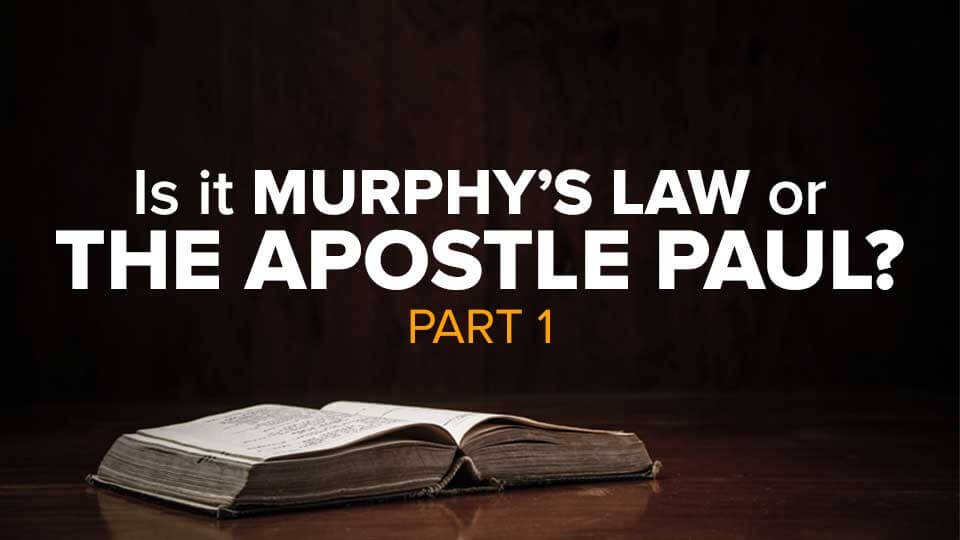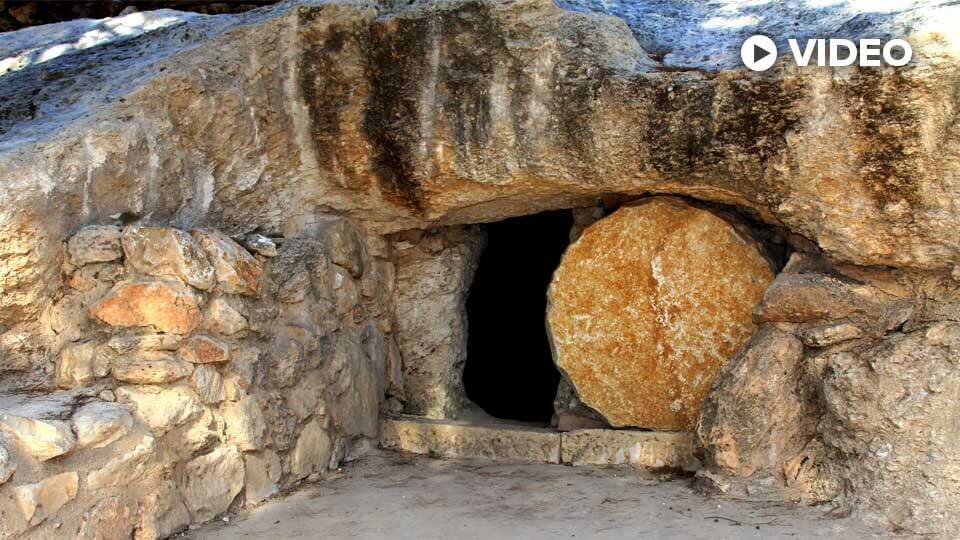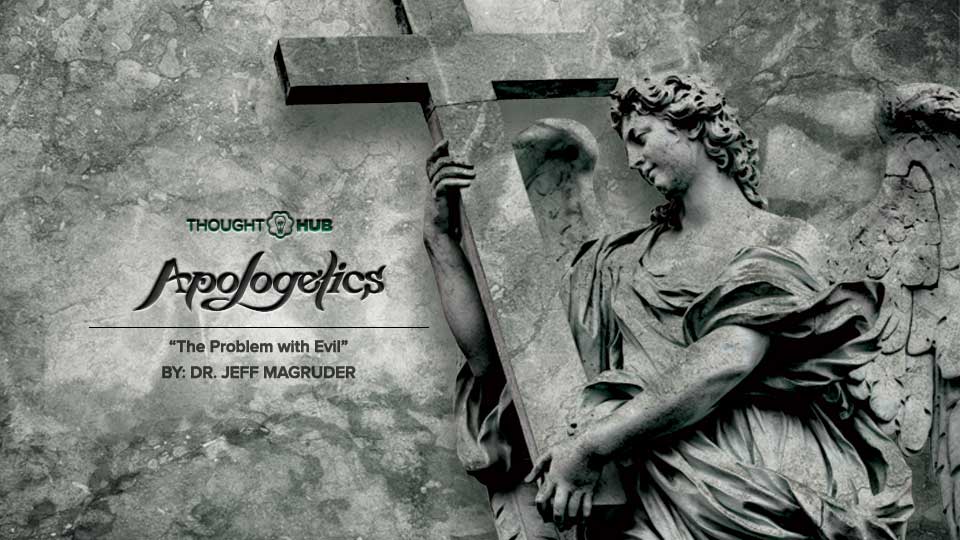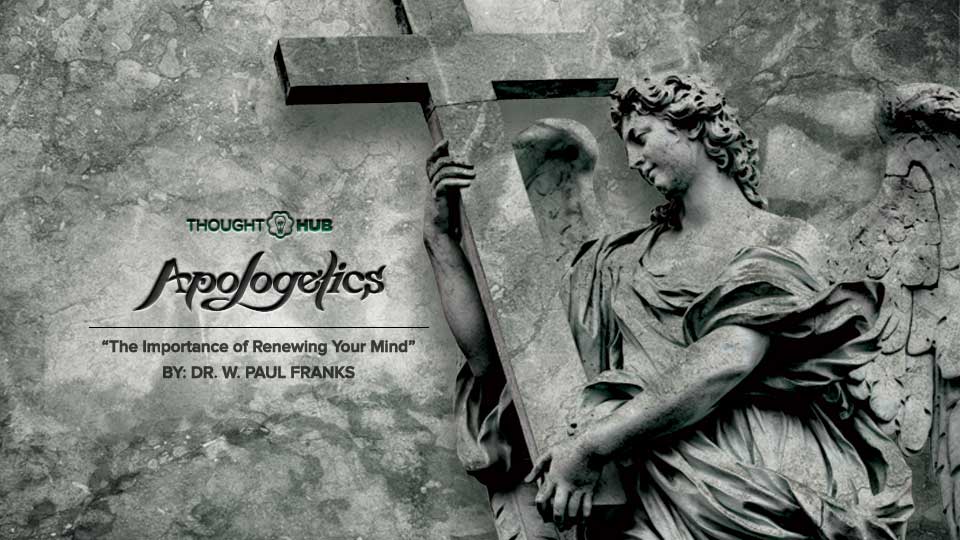For the past several years, I’ve been a part of a team that crisscrosses the nation to work with local churches–hundreds of them. At the same time, I spend a chunk of my summers poring over church attendance and ministry data, identifying metrics to measure health and real effectiveness, and looking for clues to what can drive the oft-elusive, but greatly-prioritized goal of growth.
In “marked” contrast to the adopted practice of most modern historiographers who are fond of supplying graphic details of heinous events (compare, for example, Bill O’Reilly’s magnificent KILLING LINCOLN), Mark’s account of the crucifixion is striking in its silence regarding the physical torture of the cross.
Many of us have heard the story of Christ’s burial and resurrection. Sadly, since we are removed from the historical context of this event, some of the details of the story can be lost to us. For example, the gospels tell us that Christ was buried in a tomb for three days. Have you ever given any thought to what the tomb of Jesus was actually like? Was it a gravesite like we use today or was it something different?









